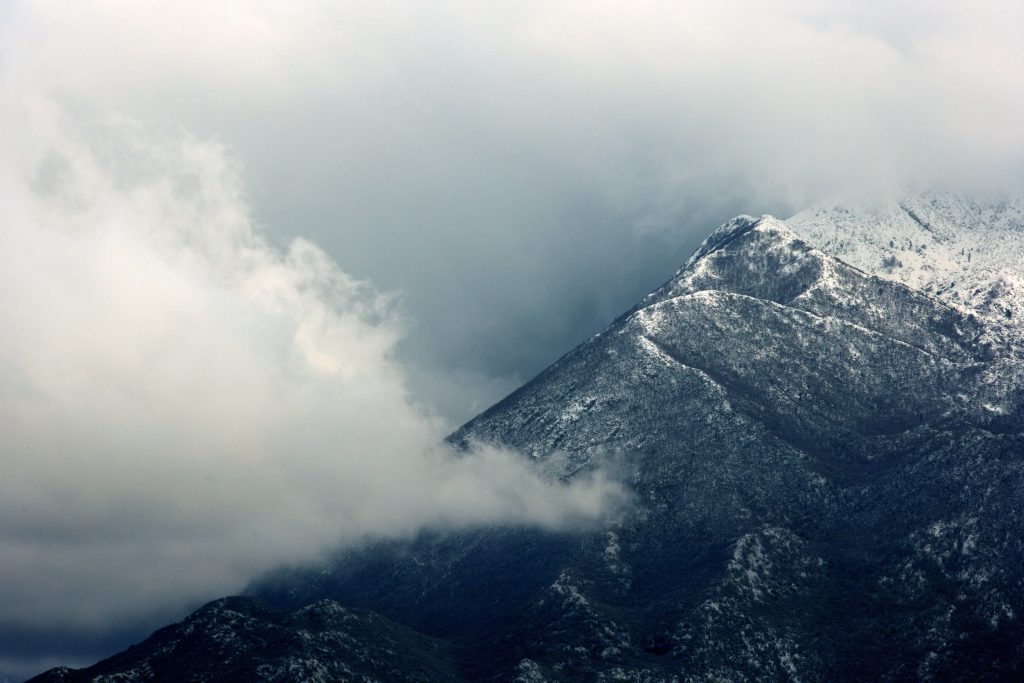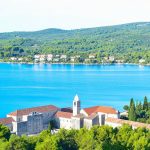October the 11th, 2023 – Autumn in Croatia is severely underrated. With the sweat, crowds and insufferable heat of the scorching summer scrapped for another year, the post-season is heaven for lovers of recreation. Mountaineering is popular, so let’s take a closer look at five of the highest Croatian peaks.
First things first – trying to tackle any mountain in Croatia in the summer is a bad idea. The sweltering temperatures can be fatal, and many a rescue mission has had to come to the aid of a would-be mountain goat who grossly underestimated the difficulty level of tackling the peaks and valleys of this rugged little nation.
With some mountains looking as if God himself has carved them out of the landscape with his hands, it’s paradise for those with a little more experience with high altitudes, tricky rock formations and sometimes rapidly altering weather patterns. The highest Croatian peaks are a ”must bag” for many climbers and hikers.
Pljesivica
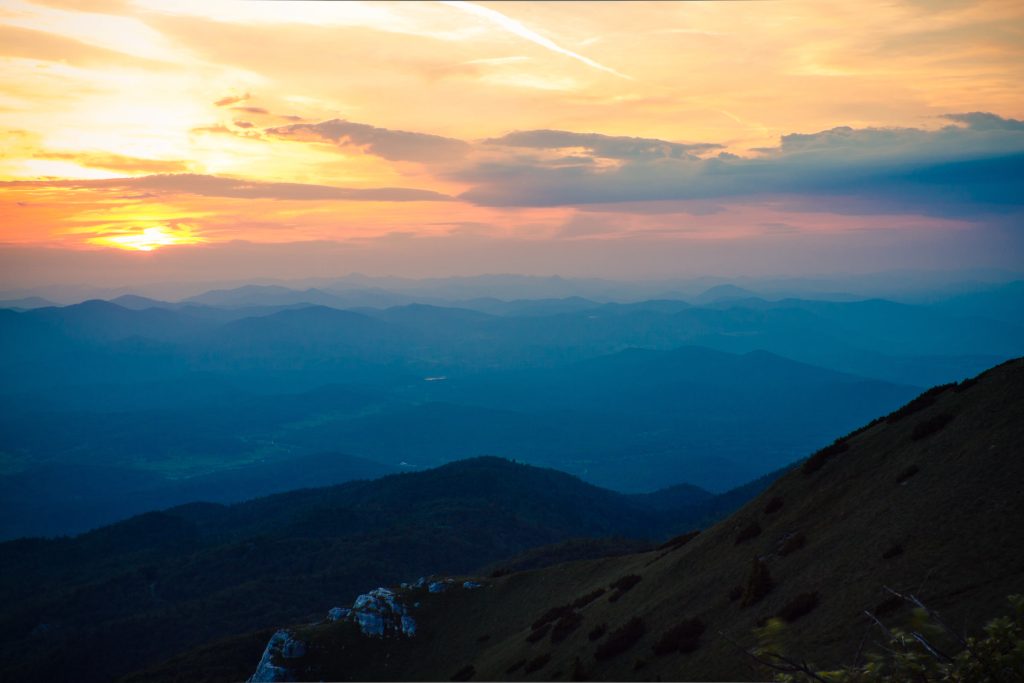
Sitting right on the modern-day border between the Republic of Croatia and neighbouring Bosnia and Herzegovina, this mountain is part of the wider Dinaric Alps range, and its peak is Ozeblin. This imposing rock formation hides an underground airbase once used by the Yugoslav forces – Zeljava, the formerly largest such underground base in all of the former Yugoslavia. Ozeblin sits at the highest point, centrally located and shooting up into the sky at a dizzying 1,657 metres.
Velebit
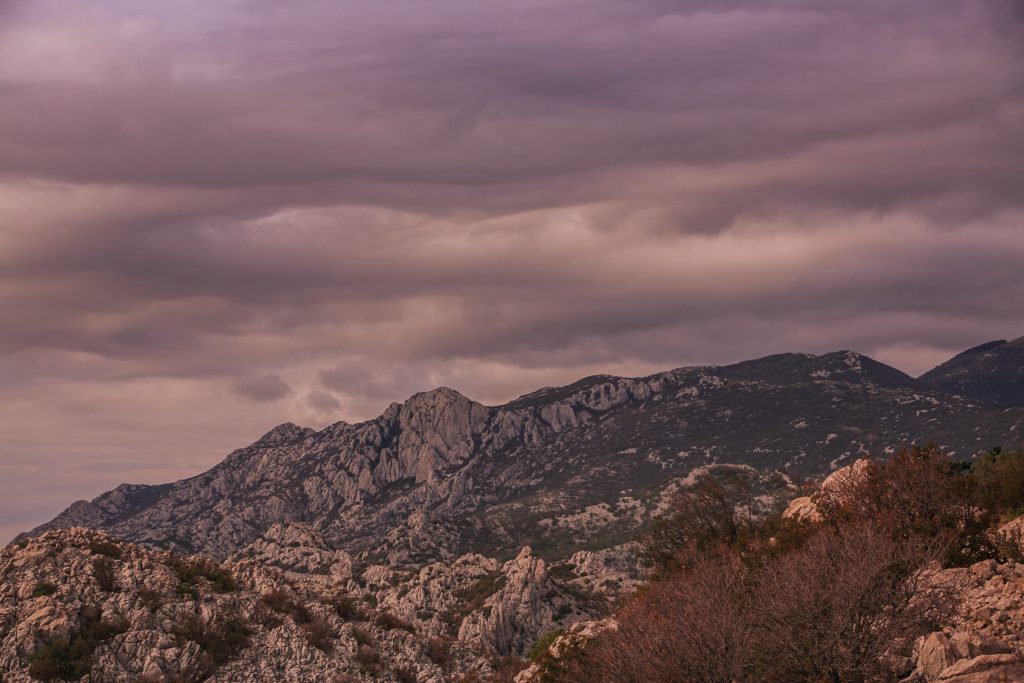
Referred to by the Venetians as the Mountain of the Morlach, Velebit has found its place in Croatian folklore and in literature. Planine (Mountains), written by Petar Zoranic, was inspired by this mountain range, as was the well-known Croatian patriotic song Vila Velebita, which is about a fairy from the mountain range. Despite not being the tallest, it is by far the largest mountain range on Croatian territory, forming part of the wider Dinaric Alps and sitting close to the coastline. Vaganski vrh (1,757 metres) is the highest peak on Velebit, but the Vucjak peak (1,644 metres) is very popular for climbers and mountaineers seeking to conquer this Croatian giant.
Home to the Paklenica National Park and the North Velebit National Park, as well as boasting a permanent measuring station of the Croatian Meteorological and Hydrological Service, Velebit doesn’t need to put in any effort to attract the crowds. Characterised by a distinct lack of vegetation in the parts facing the sea and densely forested areas facing the inland Lika area, this entire mountain range is strictly protected and enjoys its status as a Nature Park.
Boasting the deepest caves in the country and some of the deepest caves in the entire world, this mountain range is home to still unexplored areas. It even revealed a form of leech to the world that hadn’t until that point been seen anywhere else. From Zavizan in the north Velebit region to Sveto Brdo in the southern part, this formidable mountain range sits firmly among the five highest Croatian peaks and is well worth paying a visit.
Biokovo
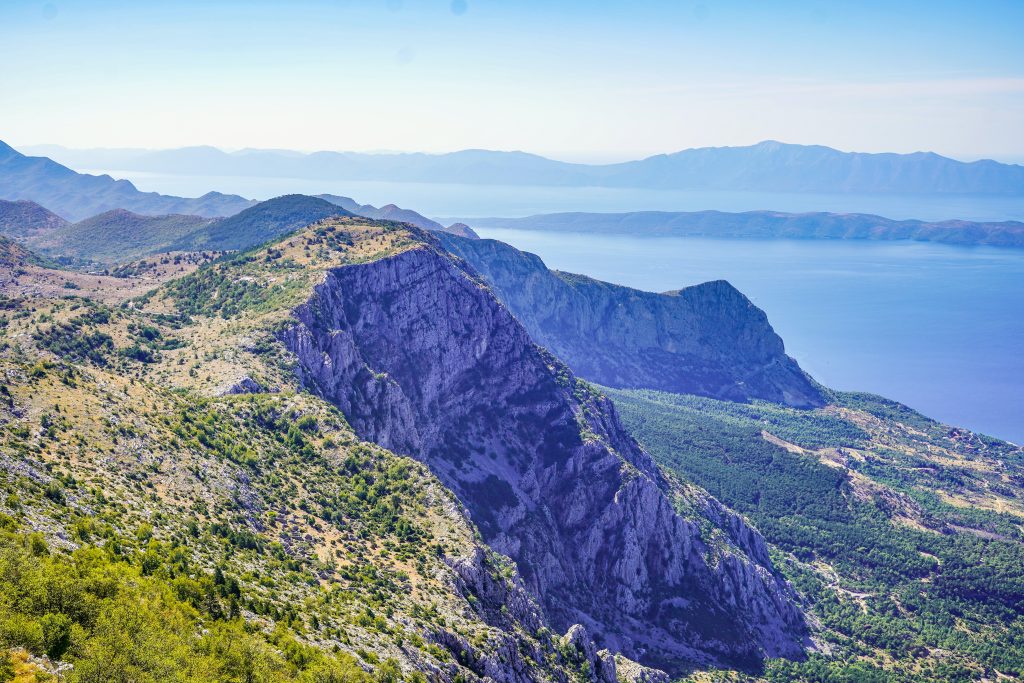
Also part of the Dinaric Alps, this gigantic guardian of the Makarska area is situated in gorgeous central Dalmatia. Biokovo stands imposingly between the Neretva and Cetina rivers and is . Sveti Jure (1,762 metres), its highest peak, is a target to conquer for all keen mountaineers visiting the area and has more recently been included as a climb for road bike racers. Enjoying its status as a Nature Park, it is home to over 1,500 different animal and plant species, Biokovo is forested in its lower half, while the rest boasts the barren-looking karst landscape that is typical to many areas of this part of Dalmatia.
Unfortunately continuously alluring to less than professional climbers and hikers, Biokovo’s peaks often look much lower than they actually are. Of all five of the highest Croatian peaks, Biokovo is the most common location for rescuers searching for those who sought to conquer it without being prepared. It has claimed the lives of many hikers.
On a clear day, Italy’s spectacular Monte Gargano is visible from Biokovo despite being over 150 miles away.
Kamesnica
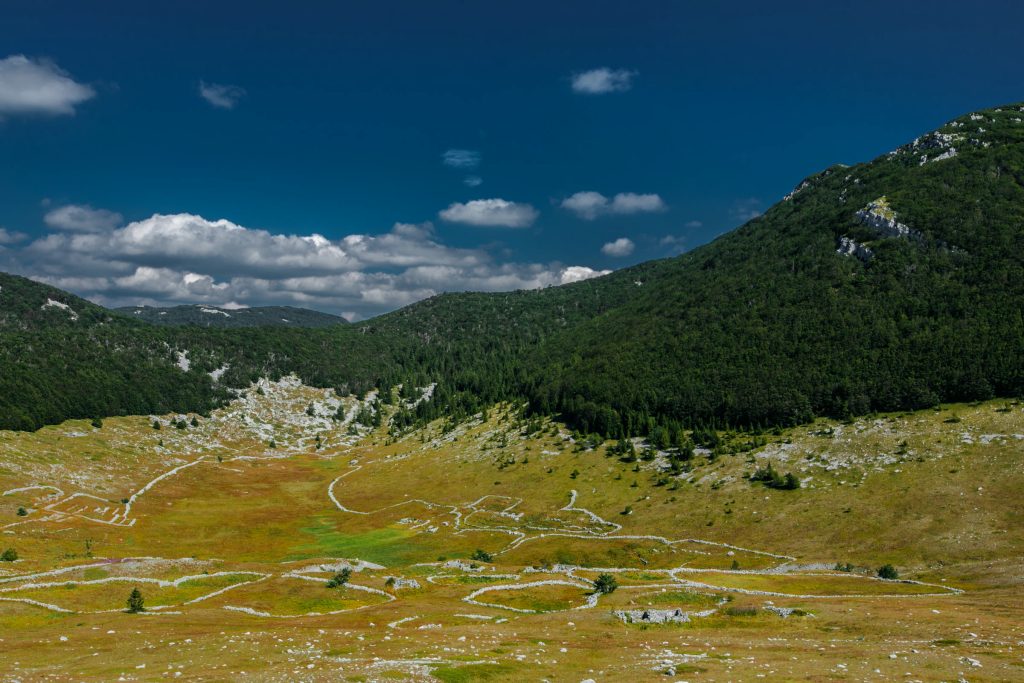
Kamesnica earned the status of Nature Park back in 2023, and is yet another of the highest Croatian peaks located along the border with Bosnia and Herzegovina. Its highest peak is is Konj (on the territory of Bosnia and Herzegovina), which literally translates to horse. It offers stunning views onto both sides of the border. For around half a year, this mountain’s peaks are snow-covered, and many endemic plants and animals call the mountain home in a well-protected, more or less entirely isolated ecosystem.
Kamesnica has a dark history, with the massacre of the villages under Kamesnica having taken place nearby in the 1940s. This horrific event resulted in the mass murder of ethnic Croats living between the Kamesnica and Mosor mountains. It was committed by German forces. Estimates of the amount of individuals murdered during this event vary depending on the accounts given. It is generally accepted however that anywhere between 1,800 and 3,000 people died during the massacre.
Dinara (Sinjal)
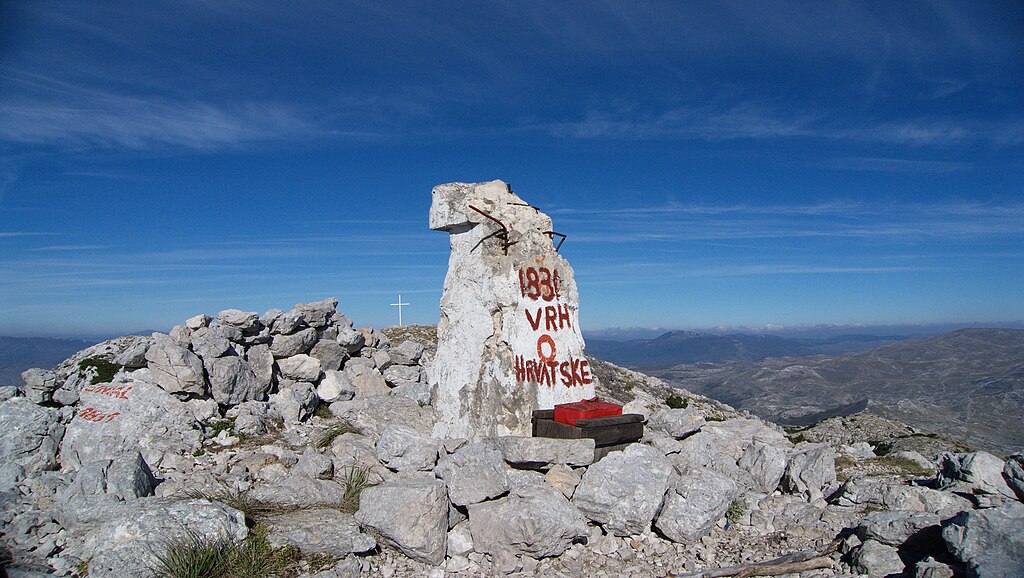
Dinara (sometimes marked down as Sinjal) is the highest Croatian mountain of all, and is an astonishing 60 mile range within the Dinaric Alps. Located along the border with Bosnia and Herzegovina, Troglav (1,913 metres) is the highest peak of all. Composed of dolomite and limestone, it’s important to note the dual usage of the name ”Dinara”, as this is the origin of the entire Dinaric Alps’ name.
Home to many endemic plant species and endangered, endemic species like the Balkan snow vole or the Dinara mouse, Dinara is teeming with life and varying landscapes. Its climate is generally cold and the range is uninhabited. You might come across the odd shack here and there, but nobody lives in them. They’re reserved solely as rest stops for herders.

